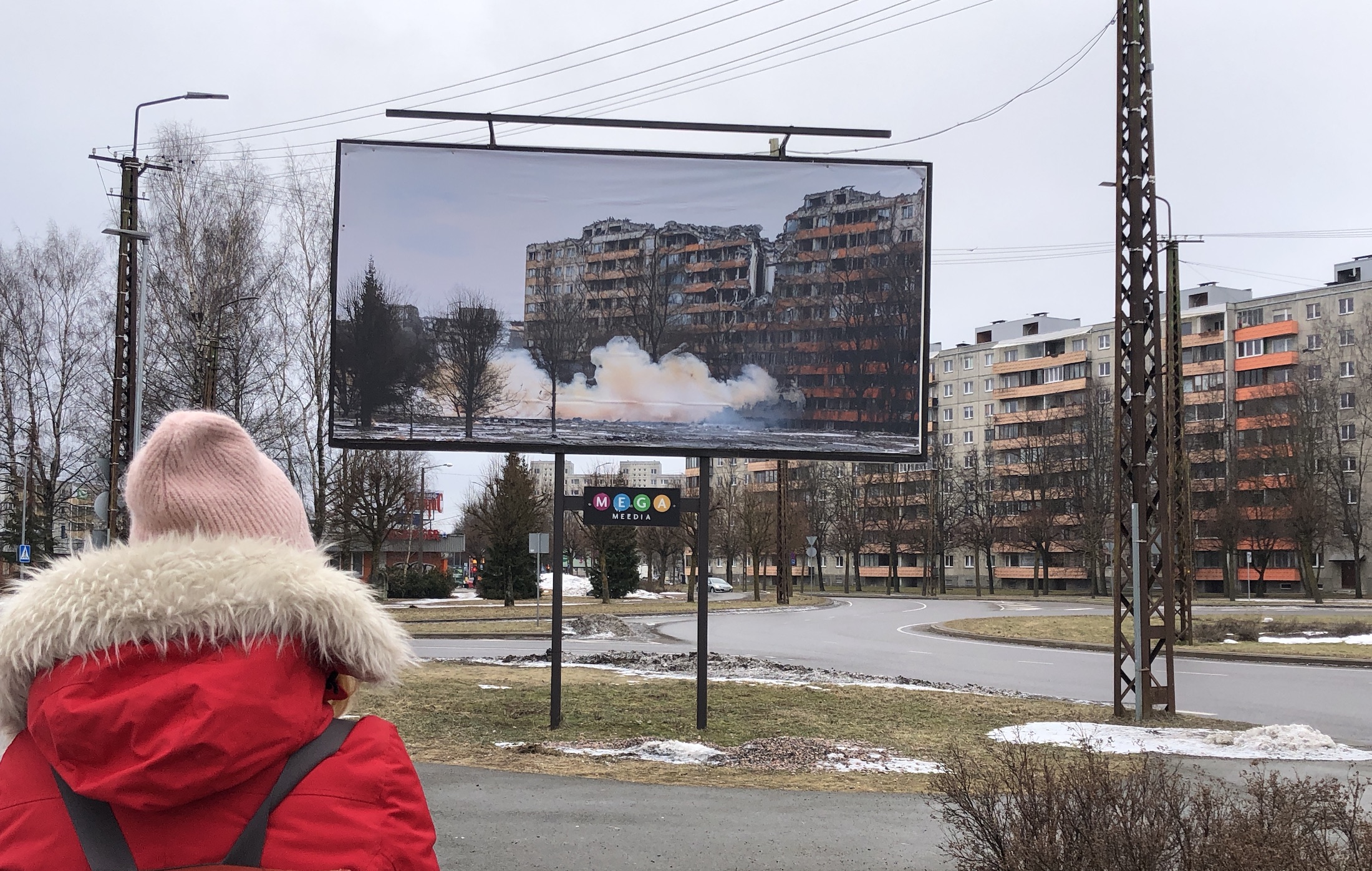
What is the price of your LIFE per square metre?
Is the building of a shelter a cream or a sign of a responsible society? In the renewed debate on Estonia’s shelter needs, the voices are mainly those of the market and prices, but the question of what shelters are for is quietly being pushed into the background.
Some individuals have complained about the new shelter requirements. In fact, the state is drafting legislation that will require the construction of shelters on new buildings larger than 1200 m2. This is being done on the grounds that the security situation has been steadily deteriorating and that shelters are required to protect people, or the rear, in the event of a potential war. Steps have finally been taken, and beginning in the autumn, the change that will significantly increase security will apply to new buildings – adapting to security threats necessitates action.
Those who doubt the need for shelters should examine the coverage of the war in Ukraine over the last three years to see how many days Russia did not attack civilian civilian infrastructure or residential areas with missiles or drones. There are essentially no such days because Russia targets homes, kindergartens, schools, shopping malls, theaters, hospitals, train stations, and any other place where civilians may spend time. The fact that targeting civilians is a war crime is irrelevant to the aggressor; it is an end in itself, systematically demoralising the rear. The goal of targeting civilians and civilian objects is to cause as much pain and chaos as possible, ultimately breaking the will to defend. Aside from military capabilities, the only way to combat this is to provide strong civil protection.
Civil protection aims to protect civilians, as the name implies. Shelters and sheltering systems are one aspect of this. It is true that civil protection requires additional funding, but discussing market readiness for shelters is inappropriate. This is an odd mode of communication, as it clearly denies the current reality in Estonia. Excuse me, but we simply don’t have a choice when it comes to shelter construction, and shelter systems in general! The consequences of not sheltering are relatively obvious: our own people will suffer if we do not build our own sheltering system. However, it appears that some people still do not understand that Estonia is not Portugal, where such brilliant ideas could emerge.
Property prices in new buildings have also risen, raising concerns that the market may be unable to sustain a price increase. In a similar vein to military defense, there are numerous capability gaps that are rapidly closing. There is work being done on it, but it costs money. Taxpayers are also unprepared for the tax increases proposed as a solution. However, there are currently no better solutions to close capability gaps in national defence. Security is not a place to cut corners because you can be certain that an aggressor will not spare any resources to improve its capabilities.
We believe it is inappropriate to combine solutions that save lives with a percentage price increase in the same sentence. Furthermore, to serve it up on a platter of “the market is not ready”. It is unclear whether a conflict of values is perceived. Specifically, those concerned about the need for shelters, or, more subtly, the marketability of shelters, are weighing the ability to sell apartments against the ability of people to protect themselves against a serious threat, such as a bomb attack. It is unbelievable and simply sad that we are having such a debate against the backdrop of more than three years of war with Ukraine.
The fact that certain sectors appear to be at war with the shelters is bizarre. Surely we’re supposed to have a comprehensive national defense? Do or don’t we?
Protecting citizens in the rear is part of this, so those concerned about profit margins may find the motivation to contribute to national defense. This could include refraining from campaigning against shelter. Protecting people’s lives and health is more important than money, and perhaps no one would argue about it – but who knows.
× Hannes Nagel’s op-ed was previously published on the Delfi portal on March 26. Photo: view of an occupation-era panel building (Kriisiuuringute Keskus, 2024).
Jaga postitust:
